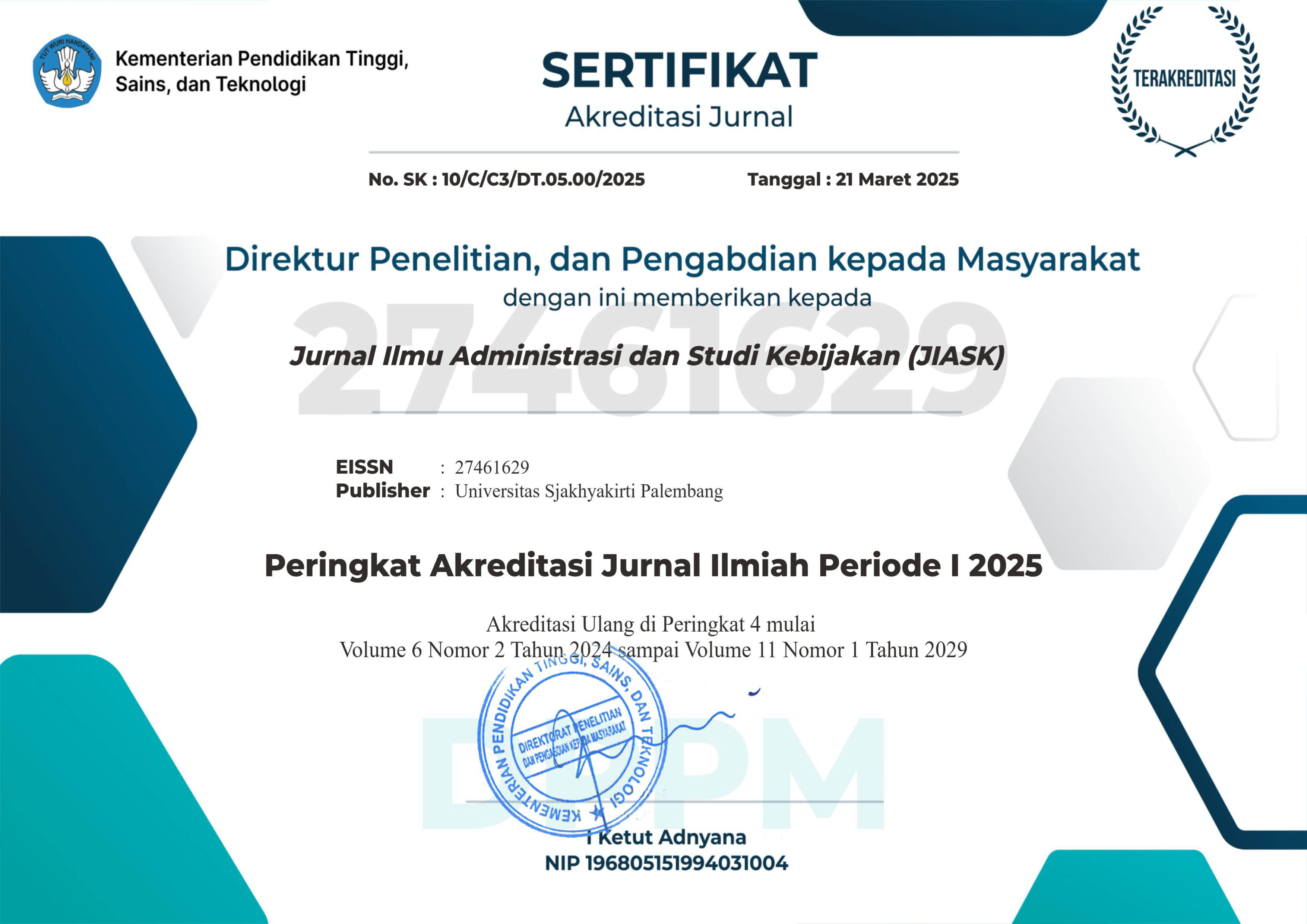IMPLEMENTASI UNDANG-UNDANG DESA NO. 6 TAHUN 2014 TENTANG PENYETARAAN GENDER DAN PERANAN PEREMPUAN DALAM PEMBANGUNAN DESA
DOI:
https://doi.org/10.48093/jiask.v2i2.22Keywords:
Equalization of women, the role of women, rural developmentAbstract
This study discusses the Implementation of Village Law No. 6 of 2014 concerning Gender Equality and the Role of Women in Village Development. The purpose of this study is to find out how the Village Law No. 6 of 2014 provides opportunities and opportunities for women in the village to play a role in village development. So that there is gender equality between village ranks which is usually dominated by men, women can also be given roles to sit as members of village officials. Gender roles are the roles played by women and men in accordance with the environmental status, culture and structure of society. This role is taught to every member of society, community and certain social groups that are prepared as roles of women and men. A good method of village development must involve all members of the community and involve activities directly related to their socio-economic interests. As a process, village development is a process of cultural transformation that begins with traditional life that relies on hereditary habits to be transformed into a modern society that bases life progress on a willingness to accept science and technology. The research method used is descriptive qualitative method, namely by gathering various information obtained in the form of written or oral words from people or observable behavior. Research results from the Implementation of the Village Law No. 6 of 2014 concerning Gender Equality and the Role of Women in Village Development is that women in village development have rights and equality with men. So what is expected is that gender equality for women in the village in participating in village development can be done well by providing space and opportunities for women to contribute to village development.
Downloads
Published
How to Cite
Issue
Section
License
Authors who publish with this journal agree to the following terms:Authors retain copyright and grant the journal right of first publication with the work simultaneously licensed under a Creative Commons Attribution License that allows others to share the work with an acknowledgement of the work's authorship and initial publication in this journal.
Authors are able to enter into separate, additional contractual arrangements for the non-exclusive distribution of the journal's published version of the work (e.g., post it to an institutional repository or publish it in a book), with an acknowledgement of its initial publication in this journal.Authors are permitted and encouraged to post their work online (e.g., in institutional repositories or on their website) prior to and during the submission process, as it can lead to productive exchanges, as well as earlier and greater citation of published work (See The Effect of Open Access).

















